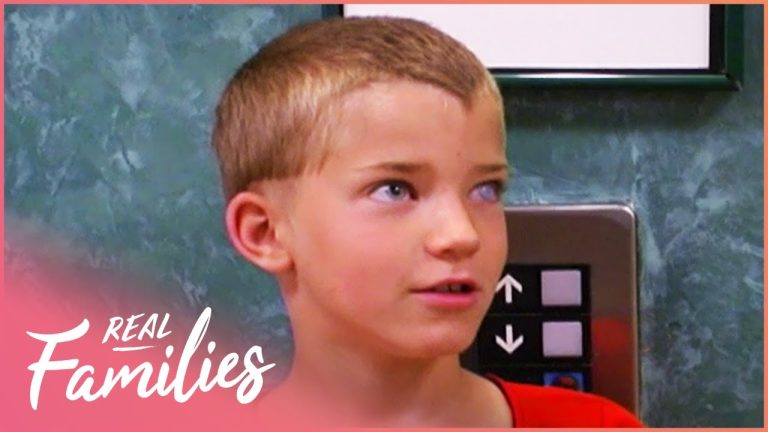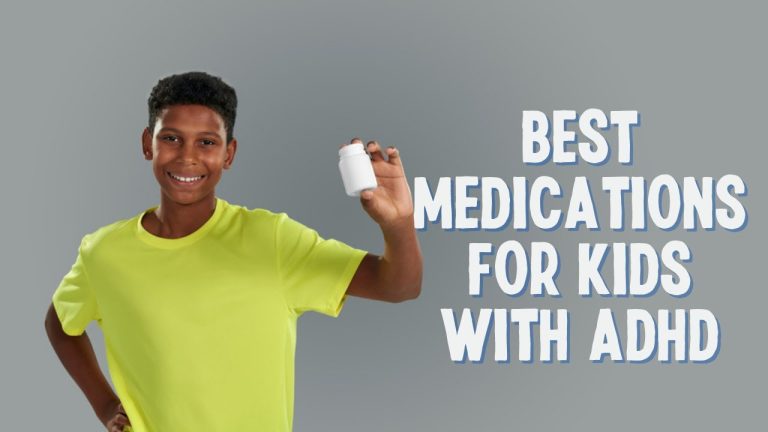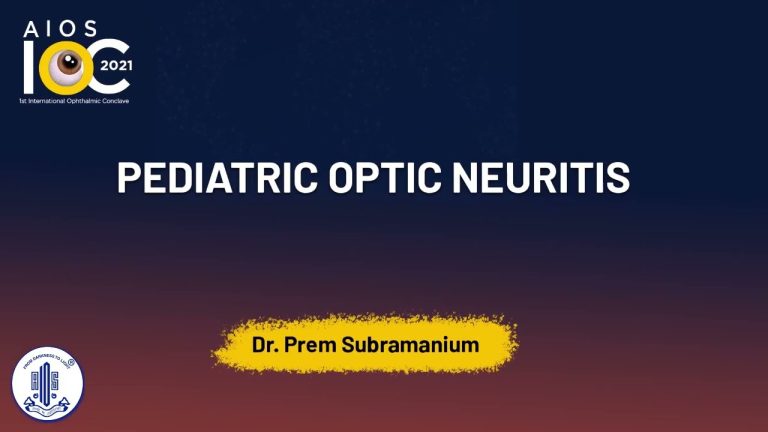Defining and Treating Congenital Cataracts in Children: A Guide for Optical Care
In the world of optical and vision care, one of the most common conditions that affect children is congenital cataracts. A congenital cataract is a clouding of the eye’s lens that occurs at birth or shortly after. It can affect one or both eyes, and if left untreated, it can cause vision problems or even blindness.
Children who are born with congenital cataracts often have difficulty seeing objects clearly or have blurry vision. This can cause delays in developmental milestones such as crawling, walking, or talking. It is important to diagnose and treat congenital cataracts as early as possible to prevent long-term vision problems.
The Causes of Congenital Cataracts
Congenital cataracts can be caused by genetic or environmental factors. Some inherited genetic disorders that can cause cataracts include:
- Down Syndrome: Children with Down syndrome have an increased risk of developing cataracts.
- Alport Syndrome: This genetic disorder affects the kidneys and eyes and can cause cataracts.
- Galactosemia: This rare genetic disorder affects the body’s ability to break down galactose, a sugar found in milk. It can lead to cataracts if left untreated.
Environmental factors that can cause congenital cataracts include:
- Infection: Certain infections during pregnancy, such as rubella, cytomegalovirus, and toxoplasmosis, can cause cataracts in the developing fetus.
- Injury: Trauma or injury to the eye during pregnancy or childbirth can cause cataracts.
Symptoms of Congenital Cataracts
The symptoms of congenital cataracts can vary depending on the location and severity of the cataract. Some common signs that your child may have cataracts include:
- Poor vision: Children with cataracts may have difficulty seeing objects clearly or may have blurry vision.
- Nystagmus: Nystagmus is an involuntary movement of the eyes that can be a sign of cataracts.
- Abnormal eye movements: Children with cataracts may have trouble tracking objects or may have abnormal eye movements.
- White pupil: In some cases, the pupil may appear white or cloudy instead of black.
Treatment for Congenital Cataracts
Treatment for congenital cataracts typically involves surgery to remove the clouded lens and replace it with an artificial lens. The goal of surgery is to improve vision and prevent long-term complications.
If your child has congenital cataracts, it is important to work with an ophthalmologist who specializes in pediatric eye care. They can provide a comprehensive evaluation and recommend the most appropriate treatment for your child’s needs.
Conclusion
Congenital cataracts can be a serious condition that affects a child’s vision and development. It is important to diagnose and treat cataracts as early as possible to prevent long-term complications. If you suspect that your child may have cataracts, contact a pediatric ophthalmologist for an evaluation.
Contents
Most wanted in Hoya Vision:
What are prism eyeglass lenses?
Hoya Lens Engravings
What brand lenses does Costco use?
What does +0.25 mean on an eye test?
Do tinted glasses help with migraines?
Hoya Identification Chart
Should eyeglasses cover eyebrows?
What LED light is best for broken capillaries?
What is the difference between Ray Ban RB and Rx?
Does hyperopia worsen with age?
















